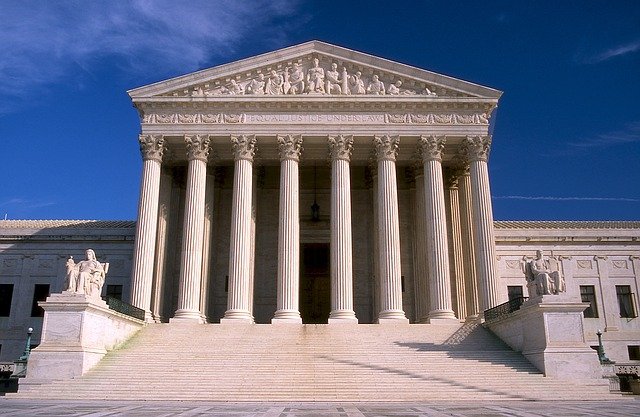In 1973, the U.S. Supreme Court declared abortion legal in the United States. While this decision is regarded as a landmark in U.S. legal history, it wreaks of questionable methods of Constitutional interpretation and judicial activism. The case is riddled with lapses in historical accuracy. Legal precedence is omitted or wrongfully interpreted. The most referenced case in U.S. history is shamefully botched.
The position of the Supreme Court is to interpret the Constitution, and therefore conclude a legally correct ruling. Here, the definition of legally correct is a ruling that expresses a definitively enumerated right of the U.S. Constitution. Like it or not, the ideals of society mean nothing to what the court can and cannot do in true legality. If something beyond the constitution needs to change, it is required to amend the Constitution itself, which is another long and complicated legal discussion. Without the express permission of the Constitution, any Supreme Court ruling is meaningless and ultimately illegal. Moreover, the Supreme Court does not have the power to make laws, but merely to decide what should be the law. Right or wrong, like it or not, this is the legal way of the United States of America
How is the Constitution interpreted? Firstly, the wording of the constitution itself, or Constitutional Measurement, is called into question. The right in question must be consistent with the wording of the Constitution, and concur with Authorial Intention. Sometimes the phrasing of the Constitution is difficult to apply to certain situations, so the courts look to what they can determine about what the authors of the Constitution itself meant. To determine this, the court looks to established legal history and weight of precedent in the U.S. and in Common Law. When America was created, we had no legal precedence to speak of. The colonists brought the English Common Law with them to America and adopted it. Common Law is the basis of our own laws and the Constitution. English Common Law is the foundation of our own, and has centuries of legal precedence to draw from. Our own young country has far less. The authors of the Constitution used Common Law as a basis for their document, and that is why the Supreme Court uses it to determine Authorial Intention.
That is why historical accuracy and precedence is so vital to this ruling. Yet the court consistently ignores important aspects of history and devotes undue attention to pieces of history ultimately meaningless to the issue at hand. Important points were glazed over and the unimportant upheld.
To be continued...

Congratulations @subject4-47! You received a personal award!
You can view your badges on your Steem Board and compare to others on the Steem Ranking
Do not miss the last post from @steemitboard:
Vote for @Steemitboard as a witness to get one more award and increased upvotes!